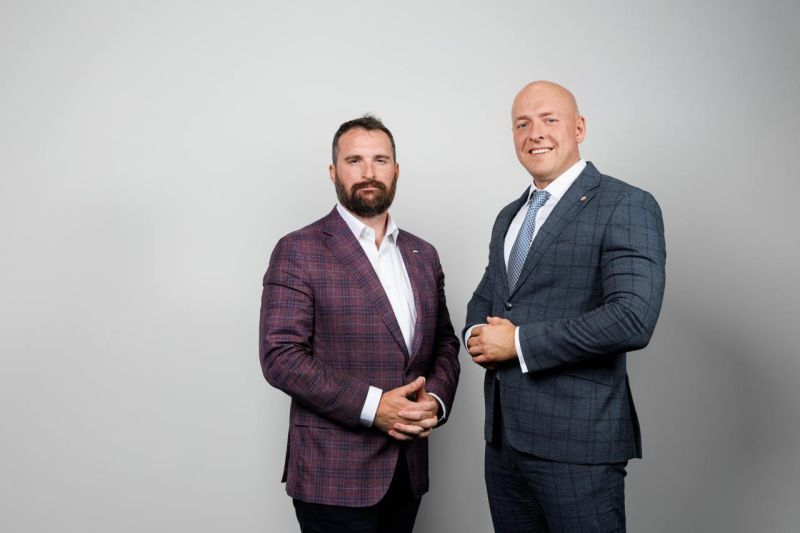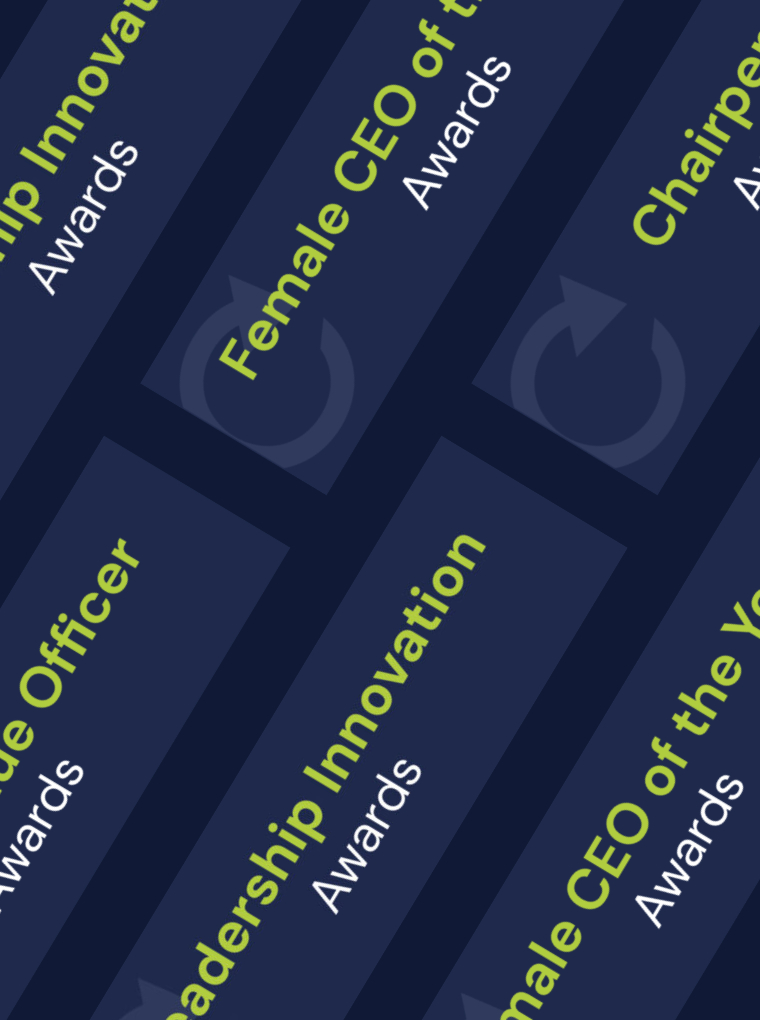Chief Commercial Officer Drives Software Development Success Through Strategic Leadership
A Chief Commercial Officer (CCO) is one of the company’s leaders responsible for promoting it on the market and maximizing revenue. Overseeing projects also frequently falls among their job functions, especially in enterprise-grade initiatives for key customers. Below, we’ll outline the role and responsibilities of a CCO in software development projects. We’ll use the example of an international IT company, Andersen, and their flagship project, a radiology information system (RIS), for a network of US-based imaging centers and clinics. We’ll demonstrate how Andersens CCO, Valentin Kuzmenko, who is a renowned expert in the fields of commerce and IT, managed the project and led it to success.

This enterprise-grade product development was ongoing for three years and has driven impressive outcomes for Andersen’s customer. The customer is a large US-based network of more than 30 imaging centers and 400 partner clinics. Their radiologists specialize in interpreting MRI, CT, PET, and ultrasound images for patients. They relied on a proprietary platform for processing and storing patient images and managing reports. However, the platform was outdated and couldn’t be scaled, and the third party who was supporting it terminated the provision of services.
Andersen, a reliable software developer with a team of 3,600 specialists globally, was entrusted with replacing the outdated system with a custom-built RIS platform for the web and a Windows background service, aka a transfer agent module. In the context of this project, the team of 25 specialists envisioned and developed a SaaS solution, including the migration of historical data from the old non-relational document database to the new relational database and the transfer of DICOM images. The new solution was harmoniously integrated with third-party systems, e.g. Biscom and IntelePACS.
The resulting platform handles approximately 21,000 users and more than 10,000 diagnostic imaging orders daily. It boasts a responsive user interface, robust privacy protection features, and seamless scalability thanks to the microservice architecture of 40 containerized services. Doctors and clinic staff can now conveniently view patient information on intuitive dashboards, draw up reports and organize other documents, manage staff and patient flows, convert hefty DICOM images into JPEG files, study patient results obtained from different types of diagnostic devices, receive manually created and assigned radiology orders, and more.
What role did Andersen’s CCO, Valentin Kuzmenko, play in implementing this complex technology project?
Project management: In this case, Valentin led and oversaw the entire project to ensure it met the timelines, was delivered on budget, and maintained high work standards. He participated in all significant stages and technical workshops, staying current with all the nuances of development and implementation.
For a CCO in IT, in-depth understanding of the latest technology is a must. Valentin continuously upgrades his skills and knowledge, having completed 15 courses and training sessions on Agile product ownership, SAFe DevOps, Agile product and delivery management, regulation of medical software in the EU and US markets, ITIL 4, IT business analysis, software testing, IT project management, people management, negotiations, and more.
As a result, the project was completed in record time—twice as fast as this work would normally take at competitor firms. This brought Andersen significant profits and boosted its reputation as a dependable developer.
Communication with key stakeholders: In the initial stages, Valentin actively negotiated with the customer’s executives regarding the signing of a contract. Thanks to his ability to conduct a constructive dialogue and argue the company’s position, the negotiations were successful, and the deal was closed.
Overall, Valentin has successfully implemented more than 100 projects in his career at Andersen as a CCO. A CCO’s KPIs include the number of A-level contracts that need to be signed within the year. For Valentin, this figure was 28 A-level contracts for the year 2024, and Valentin exceeded these KPIs, signing contracts with 33 A-level customers. His goal for 2025 is to close deals with 30 A-level clients.

In later stages, the CCO continuously communicated with Andersen’s founders, informing them about the work progress and ensuring transparency of processes. This helped build a trusting relationship between stakeholders and rapidly resolve emerging issues.
Team management: The CCO coordinated the team of 25 specialists, including a delivery manager, project manager, product consultant, business analysts, designer, system architect, tech lead, DevOps engineers, back-end and front-end developers, Camunda developer, and QA engineers. Thanks to this coordination, the work progressed smoothly, and tasks were completed effectively and on time. Valentin offered solutions to bottlenecks and emerging problems and alternative ways to achieve goals.
The major challenges that the CCO helped resolve were vague feature specifications, time and budget constraints on the customer’s side, changes in requirements, the fact that only mocked data were available for third-party integrations, accelerated platform go-live and user onboarding, and the need to ensure uninterrupted on-call support after the launch.
In spite of these challenges causing limitations in features and prolonged project duration, Valentin managed to successfully lead the team through the project stages, driving impressive outcomes for the customer.
As a result of his contribution, the project has generated an impressive approximate revenue of $4.48 million. Andersen’s team seamlessly transferred more than 400 healthcare facilities from the old to the new platform, ensuring nonstop technical assistance. The solution was built in accordance with stringent HIPAA and ISO 27001 requirements, guaranteeing end-to-end data protection.
The customer now benefits from enhanced patient management with effective scheduling, shortened wait times, optimized workflows, informative reports, and rapid image upload and distribution. The new platform is able to handle 10,000 radiology orders per day, a substantial increase from the former 3,000. There are fewer administrative and clinical errors, leading to enhanced quality of care.
Summing up, the crucial role of a CCO in the implementation of software development projects is hard to overestimate. While the team was conceptualizing, building, and implementing the above radiology platform, Andersen’s CCO, Valentin Kuzmenko, consistently ensured exceptional results that underscored his leadership role. Thanks to his involvement, Andersen’s brand reputation and customer base have been enhanced, with the content customer recommending the developer to its peers. In spite of all the bottlenecks, Valentin helped the team meet functional, non-functional, and performance requirements in full, delivering the features in scope, on time, and within budget, and developing the solution on a turnkey basis within the managed delivery collaboration model.
By CEO Monthly Staff.
Katherine Benton, Team Leader, Nominations








